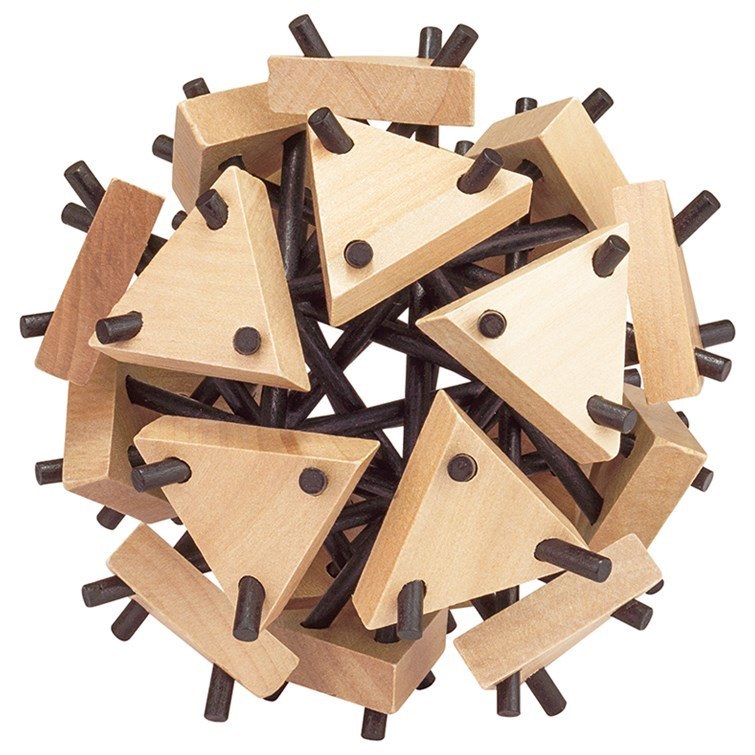
The Soviet “science of defectology” viewed disabilities in infants as intrinsic and uncurable. Future workers would get clothes, shoes, food, and some schooling in Case de copii-“children’s homes”-while “deficient” children wouldn’t get much of anything in their Cămine Spitale. Signs displayed the slogan: the state can take better care of your child than you can.Īt age 3, abandoned children were sorted. To house a generation of unwanted or unaffordable children, Ceauşescu ordered the construction or conversion of hundreds of structures around the country. Read: Ta-Nehisi Coates on Nicolae Ceauşescu, megalomaniacal tyrant, friend of America Parents who couldn’t possibly handle another baby might call their new arrival “Ceauşescu’s child,” as in “Let him raise it.” Believing that a larger population would beef up Romania’s economy, Ceaușescu had curtailed contraception and abortion, imposed tax penalties on people who were childless, and celebrated as “heroine mothers” women who gave birth to 10 or more. In 1990, the outside world discovered his network of “child gulags,” in which an estimated 170,000 abandoned infants, children, and teens were being raised. This past Christmas Day was the 30th anniversary of the public execution by firing squad of Romania’s last Communist dictator, Nicolae Ceaușescu, who’d ruled for 24 years. Odds were high that he wouldn’t survive that long, that the boy with the shriveled leg would die in childhood, malnourished, shivering, unloved. Izidor was destined to spend the rest of his childhood in this building, to exit the gates only at 18, at which time, if he were thoroughly incapacitated, he’d be transferred to a home for old men if he turned out to be minimally functional, he’d be evicted to make his way on the streets.

Hepatitis B and HIV/AIDS ravaged the Romanian orphanages. Out-of-control children were dosed with adult tranquilizers, administered through unsterilized needles, while many who fell ill received transfusions of unscreened blood. He grew up in overcrowded rooms where his fellow orphans endlessly rocked, or punched themselves in the face, or shrieked. Like all the boys and girls who lived in the hospital for “irrecoverables,” Izidor was served nearly inedible, watered-down food at long tables where naked children on benches banged their tin bowls. No one from Izidor’s Cămin Spital was ever taken there, no matter how sick, not even if they were dying. Real children, children wearing shoes and coats, children holding their parents’ hands, came and went from that hospital. Through bare branches in winter, Izidor got a look at another hospital that sat right in front of his own and concealed it from the street. In boyhood, he stood there often, gazing down on an empty mud yard enclosed by a barbed-wire fence.
WHATS KEEPING ME LOCKED OUT CROSSWORD CLUE WINDOWS
The windows on Izidor’s third-floor ward had been fitted with prison bars. It stood mournfully aloof from the cobblestone streets and sparkling river of the town where Elie Wiesel had been born, in 1928, and enjoyed a happy childhood before the Nazi deportations. The cement fortress emitted no sounds of children playing, though as many as 500 lived inside at one time.

At 3, he was deemed “deficient” and transferred across town to a Cămin Spital Pentru Copii Deficienţi, a Home Hospital for Irrecoverable Children. Without proper care or physical therapy, the baby’s leg muscles wasted. Well past the age when children in the outside world began tasting solid food and then feeding themselves, he and his age-mates remained on their backs, sucking from bottles with widened openings to allow the passage of a watery gruel. In his hospital, in the Southern Carpathian mountain town of Sighetu Marmaţiei, Izidor would have been fed by a bottle stuck into his mouth and propped against the bars of a crib. * You see the small faces trying to fathom what’s happening as their heads whip by during the wrapping maneuvers. In films of the period documenting orphan care, you see nurses like assembly-line workers swaddling newborns out of a seemingly endless supply with muscled arms and casual indifference, they sling each one onto a square of cloth, expertly knot it into a tidy package, and stick it at the end of a row of silent, worried-looking babies. To hear more feature stories, get the Audm iPhone app.


 0 kommentar(er)
0 kommentar(er)
